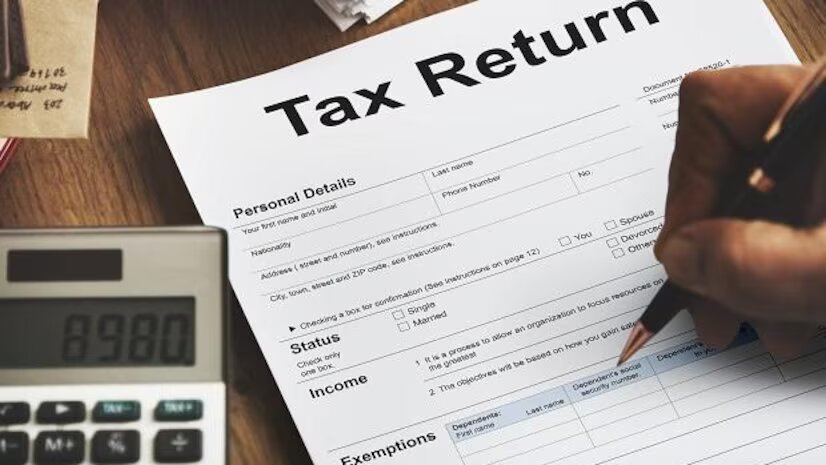A recent survey shows that over 75% of tax filers expect a refund this year, with most planning to use the money for essential expenses. Just 16% are planning large purchases, while others aim to save or cover everyday costs.
More than half of respondents said they’ll use their refund to pay bills, reduce debt, or cover rent and mortgage payments. About 12% plan to start an emergency fund, and 7% are using the money for travel.
So far, the average refund amount is $3,221, but individual returns vary. Those receiving less than expected are encouraged to review their returns and consider options to manage expenses or cover gaps.
What to Do if Your Refund Is Less Than Expected
1. Review Your Tax Return for Errors or Missed Credits
It’s possible to correct a tax return after filing. If the refund you received was lower than expected, double-check your return for mistakes or overlooked tax credits. You may also want to confirm that your filing status was the most beneficial. If a correction is needed, you can file an amended return up to three years after the original filing date. If the correction results in a larger refund, the IRS will issue the difference.
2. Evaluate Your Budget and Monthly Spending
If you were relying on a refund to cover necessary expenses, take time to review your monthly income and all of your bills, including housing, utilities, insurance, and loan payments. Budgeting tools or apps may help make this process easier. If there’s a gap between income and expenses, consider ways to lower costs. You may be able to cancel non-essential services, negotiate lower rates with providers, or seek support from local assistance programs such as those listed on 211.org.
3. Consider Financing if You Need to Make a Major Purchase
If you planned to use a refund for a large purchase or home repair but did not receive it, you might need to look into credit options.
- A home equity loan offers relatively low interest rates but requires a long-term repayment plan and puts your home at risk if you fall behind on payments.
- A personal loan is another option that may be easier to manage, especially if you have a good credit score.
- Retail or contractor financing could be available for specific purchases, although these often come with higher interest rates.
- Credit cards should be used carefully, especially since they tend to have high interest rates. A 0% APR introductory offer might provide some temporary flexibility if used responsibly.
4. Manage Existing Debt With a Structured Plan
If part of your plan was to use a refund to reduce debt, you can still make progress using the debt snowball method. This approach focuses on paying off debts with the smallest balance first while continuing to make minimum payments on other accounts. Once the smallest debt is paid off, that payment amount is applied to the next smallest debt. Over time, this can reduce the number of active debts and simplify repayment.
5. Work Toward Financial Goals in Smaller Steps
If saving or investing was part of your refund plan, smaller consistent actions can still help. Setting up automatic transfers from each paycheck into a savings account—especially a high-yield savings account—can make it easier to build an emergency fund. Some investment apps also allow you to start with minimal contributions. Features like round-up investing, which uses spare change from purchases, can help you begin investing gradually.
6. Plan Ahead for Next Year’s Tax Season
To reduce uncertainty in the future, begin preparing now. Understand which deductions and credits you qualify for and keep records of relevant expenses throughout the year. If you plan to itemize your deductions, organize receipts and track purchases as you go. You might also benefit from speaking with a tax professional to discuss ways to optimize next year’s filing. Some online tax services offer consultations with professionals to assist with year-round tax planning.
Finally, keep in mind that receiving a smaller refund may not always be a negative outcome. In some cases, it means that your withholdings more accurately matched your actual tax obligation, which can result in better monthly cash flow throughout the year.














